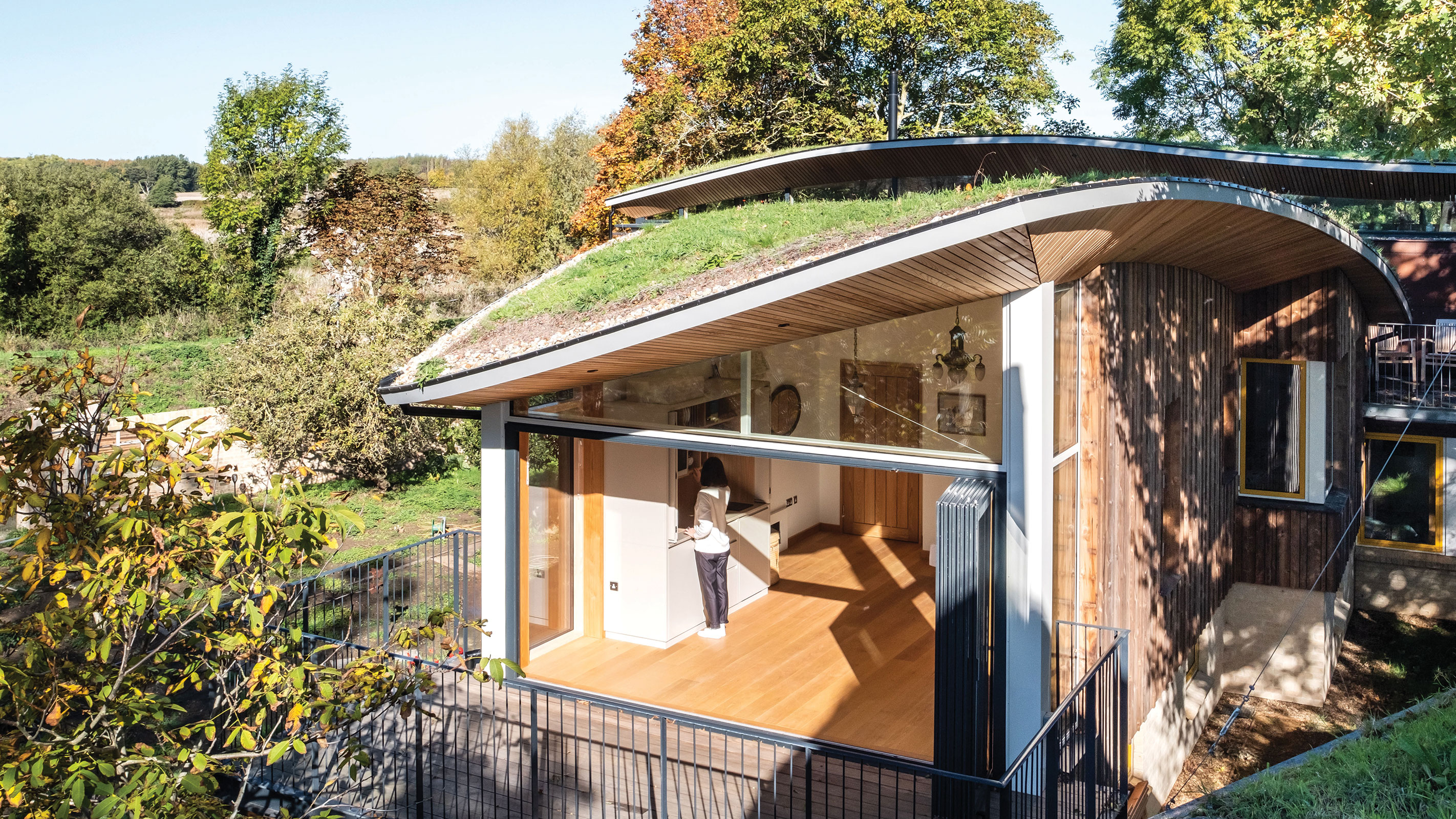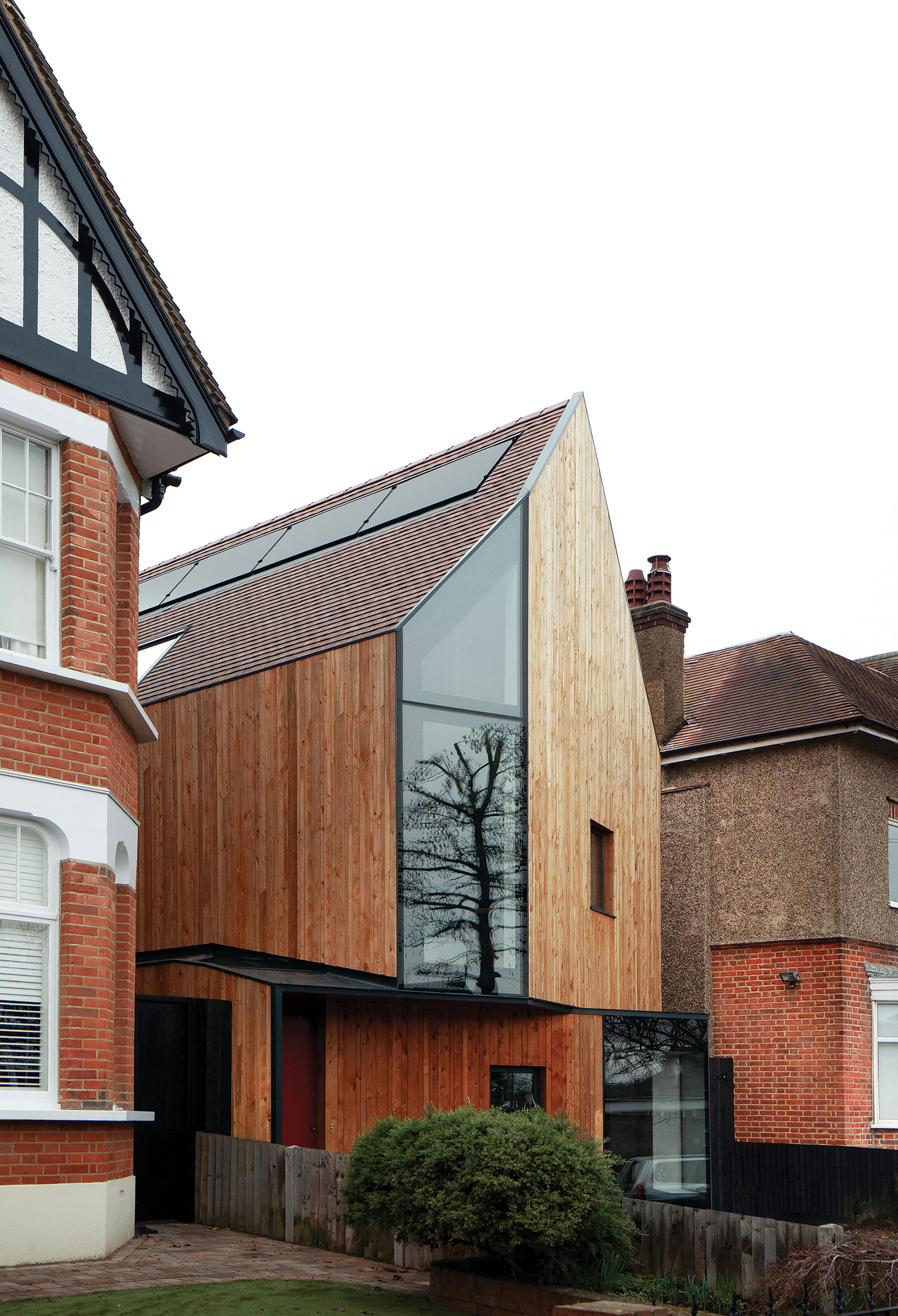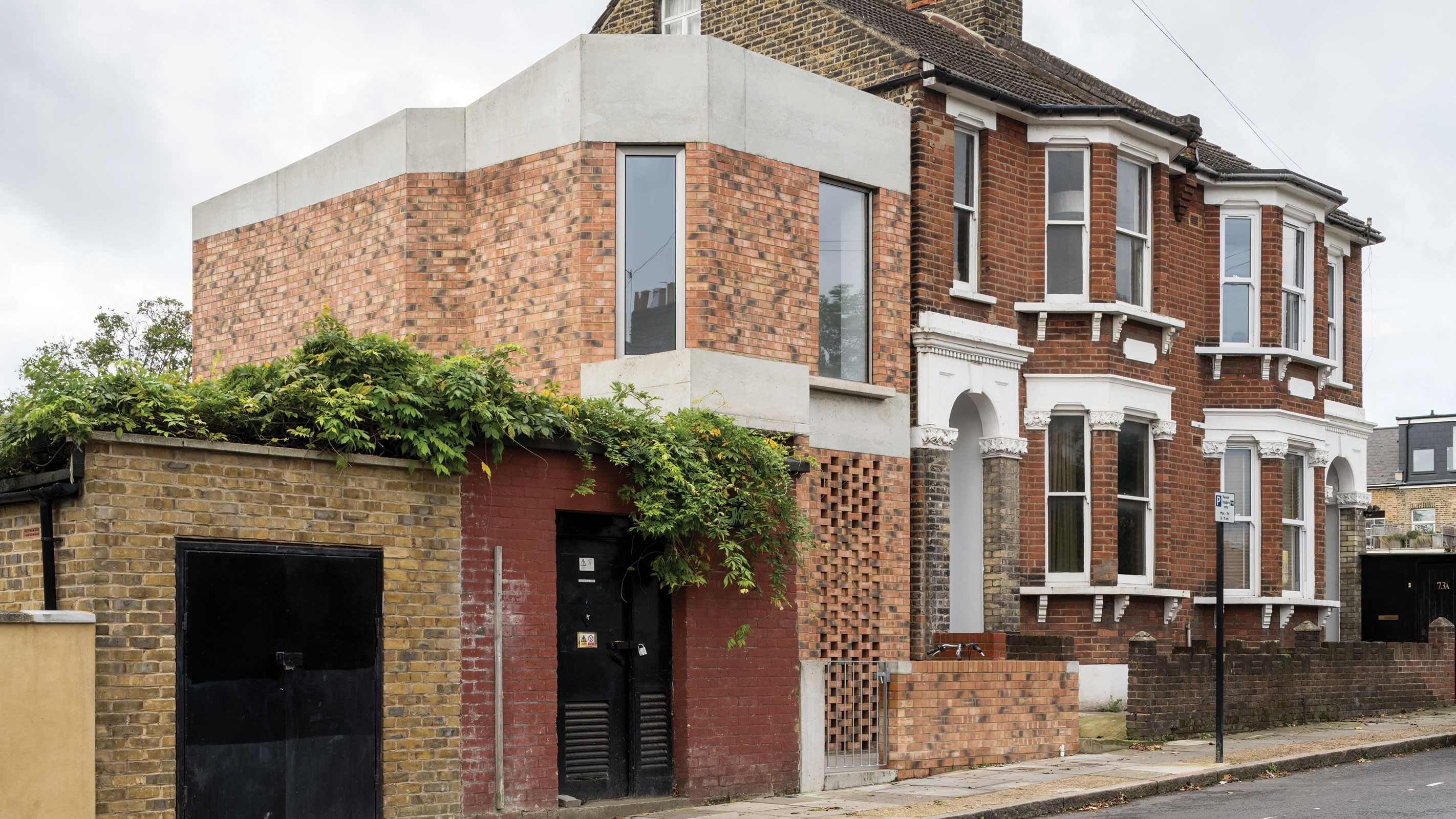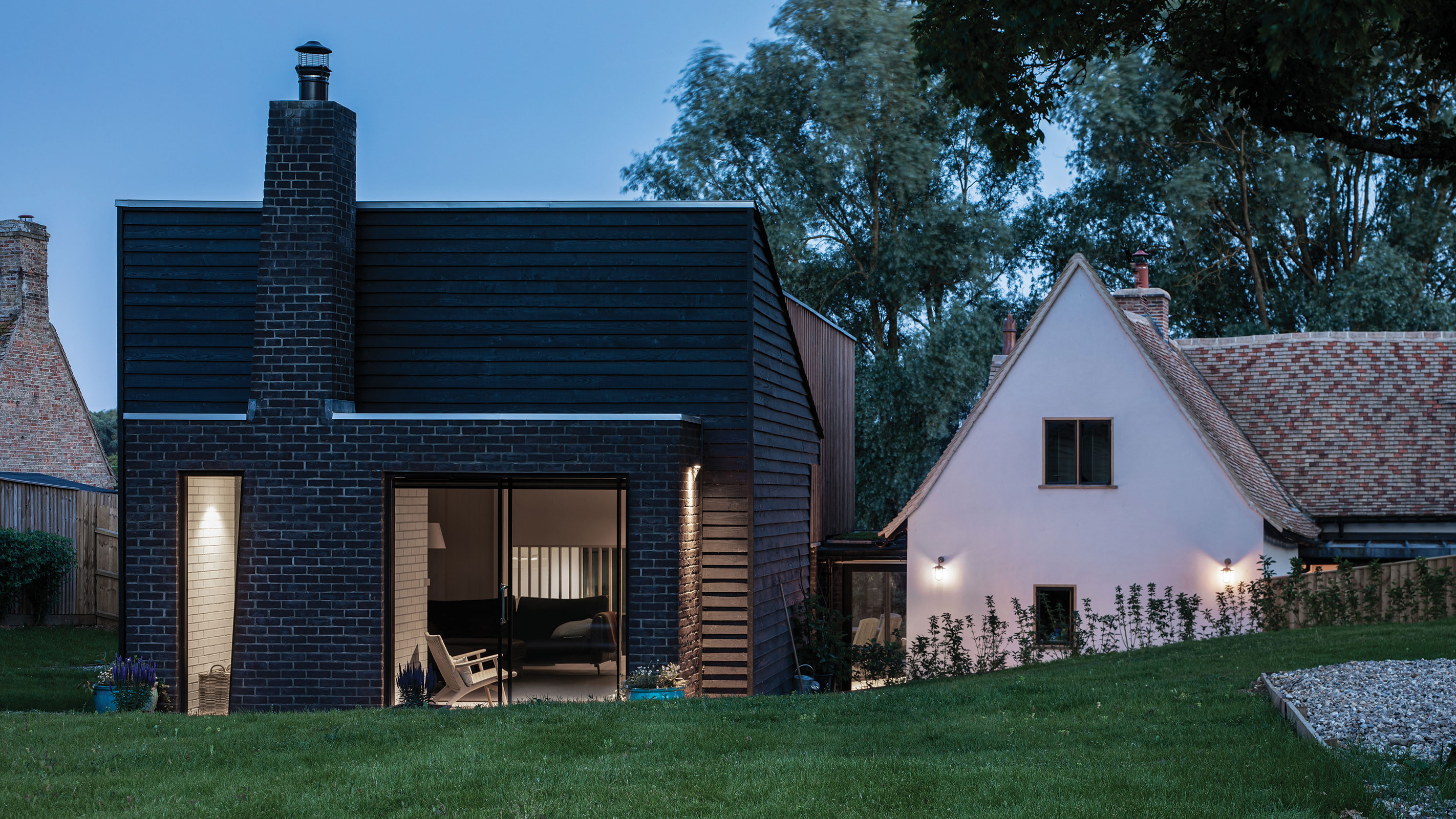
If you are thinking about building your own home, how to get planning permission is likely to be one of the first questions you ask.
The process is more of an art than a science, but there are plenty of ways to increase your chances of success. For example, in this feature I’ll be touching on the importance of prioritising your wants, because the planning system can be very restrictive.
Understanding plot selection and the different planning application types is essential and I will also cover the importance of planning policies as well as engaging with local councillors. Creating a good site layout and an exterior design that complies with local design guidelines are crucial steps, too.
I’ll also touch on landscaping, preparing for potential setbacks and planning conditions. By following these 13 tips, and with some professional help along the way, you can increase the chances of obtaining the planning permission you need for your dream home.
Do you need to know how to get planning permission?
First things first — is understanding how to get planning permission even something you need to be troubling yourself with? In some cases, you won't need it at all, for example if you are extending or carrying out smaller alterations.
"You'll be pleased to hear that not all projects require you to go down the full planning permission route, which can often save you time and money," says chartered town planner Sally Tagg. "Instead, you'll be able to carry out some works under Permitted Development (PD) which allows you to build up to a certain size and undertake a number of projects without planning."
Do take the time to check whether or not your project will require planning permission — you might just be pleasantly surprised.
Bring your dream home to life with expert advice, how to guides and design inspiration. Sign up for our newsletter and get two free tickets to a Homebuilding & Renovating Show near you.
1. Make a list of your priorities
If you’re a self-builder you’ll probably have a pretty clear idea of what you want from your long dreamed-of new home. You may have an idea about its size and shape. You may have pictured in your mind’s eye how you’ll view your beautiful garden from your sofa and how your bedroom cupboards will keep all your clothes neat and tidy. You may even have a clear idea of the exterior colour and what materials you want it made out of. You’ve probably thought long and hard about where in the country you’d like it to be. You’ve quite possibly considered the trade-offs between what you want and what you can afford.
What you probably haven’t considered are the trade-offs between what you want and what you can actually get planning permission for. But you certainly need to do this, because it will all remain a dream if you can’t get planning consent. So, prioritise your wants list early on, both in terms of exact location and building design. This will help you massively as you navigate the journey to getting planning permission.
2. Get the right professional help
We’ve all got our strengths and weaknesses. I can happily paint a straight-line edge on a door or window frame, but get me to tile a bathroom or kitchen floor and you’ll struggle to find a straight edge. I will always get a professional tiler in for that kind of specialist job. Getting planning permission is similarly specialist. It involves understanding how the system works, what the different planning constraint zones are, what documents are required for each application, what the different levels of planning policy are, how they relate to each other, what the words in the policies actually mean, how those words are interpreted, how to engage with the different people who will influence the decision etc. That’s why finding an experienced planning consultant is, in my view, critical.
3. Find a plot you can build what you want on
You may need to be in a specific town, or you might want to be as far away from other houses as possible. These choices have impacts when it comes to getting planning consent. For example, it’s harder to get permission for a new house in the open countryside, but that doesn’t mean it’s impossible. It just depends on the specific circumstances of the site. Lots of people ask me for one of my “red-amber-green” planning assessments for the plots they find. I do that for free, but if it’s an amber, then more research will be needed, which would incur a fee. But better that than buying a no-hoper!
4. Choose which type of planning application to make
The options are: a) straight to Full Planning consent, or b) Outline planning permission and Reserved Matters consent, or c) Permission in Principle, then Technical Details consent.
In Scotland there is no outline consent option, so a kind of permission in principle consent is used there. In England, permission in principle is used less often, partly because it’s newer, but also because sometimes councils will only agree to consent for a particular plot if certain planning conditions are attached and conditions cannot be applied to a permission in principle consent in England.
Sometimes people put forward “indicative” details at outline stage, to show that the project is viable, but when they don’t want to be pinned down to those details. Watch out, though. If you’ve marked something as indicative, it won’t actually be approved so it would then need to be included in the reserved matters consent application to count.
The process of outline consent then reserved matters might take a bit longer in total but it’s more about not wanting to spend money and/or time on getting all the detailed technical drawings and surveys done before you know for sure that you will get consent for any house on that plot.

5. Study your neighbourhood development plans
Planning policy documents can be tricky. Some are hundreds of pages long and the language can be obscure.
Every nation in the UK has its own national planning policies, plus each local planning authority has its own set. Many areas are now also covered by separate neighbourhood development plans, which cover parish areas. Some city regions have their own policies, too. Each level of planning policy should avoid contradictions, but that’s not always the case. If they do contradict each other then the one that was most recently adopted takes precedence.
Planning policy is the area I most strongly recommend getting a planning consultant to help you with, even if you’ve also got an architect. I often work on projects where there is also a separate architect, and you wouldn’t believe the number of times I’ve had to point out where they have not considered an important planning policy.

6. Choose the best red line boundary
Every planning application needs a red line boundary that covers all the land needed for the development, including any access to the nearest highway. In some areas, going over 0.1 hectares could trigger a whole set of extra surveys and reports. You don’t need to include all the land you own in a red line boundary, so make sure you know the local trigger limits and keep below them if possible.
7. Select your surveyors in good time
Even with careful red line boundary selection, sometimes surveys are needed for a planning application. If there are big level changes in the land, then a topographical survey will be required. This will involve a surveyor doing a site visit and then supplying you with lots of 3D height measurements for your site.
Even if this is not formally required it can be helpful for whoever is producing your site layout, be that you or your planning consultant. Then, depending on how near your building will be to any existing trees, you may well need a tree survey. And you may need ecological surveys covering bats, newts and/or other protected species. If these are required, then the time of year can be critical, as councils will not accept a survey done when that particular species is not normally active or present anyway. So, be sure to work out what surveys you’ll need well in advance.
8. Talk to your councillors early on
Most people ignore elected councillors but I’ve been both a council officer and an elected councillor, so I know that’s a mistake. It is usually the council planning officer that decides an application, but they will always consult parish councillors and sometimes the district councillors for the ward as well. Most often, councillor feedback is not decisive, but sometimes it really can be (see point 12). So my recommendation is to try to have a conversation with some of your parish and ward councillors before you submit a planning application. Even if they are against what you want to do, at least you’ll know their arguments so you can rebut them later. Or you might choose to tweak your plans to win them over. The chances are, though, if you speak to them first, they are more likely to be on your side.

9. Produce a good site layout
What goes where on your plot is an early and important set of decisions to make, but there will be constraints on what you can do. For example, you may have to avoid felling any high-quality trees and some councils will require you to continue with the established road-facing building line. You’ll need to ensure enough parking and safe vehicle access, too. So, working out what goes where on your site is not just about your wants. It’s also a crucial step to get right if you’re going to get the planning consent you need.
10. Design a house that works
You’ll need to hit certain internal room criteria, but the person deciding your planning application will care slightly more about what the building looks like from the outside. So the external shape, colour and materials will need to meet any local or neighbourhood design guidelines. You won’t necessarily have to slavishly copy the prevailing style in the area, but you will have to at least “respect” it with your design. That could mean giving a nod to what’s already around by matching say one material or colour that’s seen nearby, even if the shape of what you’re proposing is totally different.

11. Don’t forget landscaping
No one wants to have a lovely new house that just sits in a sea of brown mud forevermore. You’ll obviously want to have a beautiful garden design to go with your beautiful new house. While in some areas the council won’t care very much how your garden will look, others will want to see some fairly detailed plans covering both hard and soft landscaping.
Hard landscaping is where you’re going to put paving, walls, outbuildings etc, and what they are going to be made out of. Soft landscaping is what plants you’re going to put where. You could do your own sketches for this or get a landscape designer to help you. Either way, it may pay to get all these details agreed at the planning consent stage rather than leave them to a pre-commencement condition, especially if you want to get on with your build as soon as possible.
12. Be ready to face some problems along the way
Planning decisions are usually an individual’s interpretation of the rules. So, things can go wrong, especially if the planning officer assigned to your case is a member of the ‘awkward squad’. If that is the case, don’t lose hope.
If they’re dead set against your plans, you or your planning consultant can ask your local councillors to get the decision taken by the elected planning committee instead. And if that fails, you can take the decision to appeal with the independent Planning Inspectorate.
13. Think about the next steps
Once you get your planning permission, talk with your planning consultant about any planning conditions that may have been imposed. If a condition doesn’t meet certain criteria, it can be appealed against. For example, any pre-commencement conditions must have been agreed to by you prior to the consent being issued. If they weren’t, then the council has not followed the correct procedure and you can almost certainly get them removed.
And of course, your building will need building regulations approval, so a set of fully detailed drawings will need to be produced. These will be used by the Building Regulations inspector, but you can also use them to get detailed quotes from builders as they will show every material needed to make your amazing new home.

Simon Rix is a professional planning consultant, who began his career working in local government in the 1990s. He was a council officer and later an elected councillor, so he knows how the planning system works from both sides. He went on to set up Planix.UK Planning Consultants Ltd; a consultancy company that advises self builders, home extenders and those taking on small to medium-sized building projects on planning permission.
Simon Rix is a professional planning consultant, who began his career working in local government in the 1990s. He was a council officer and later an elected councillor, so he knows how the planning system works from both sides. He went on to set up Planix.UK Planning Consultants Ltd; a consultancy company that advises self builders, home extenders and those taking on small to medium-sized building projects on planning permission.

